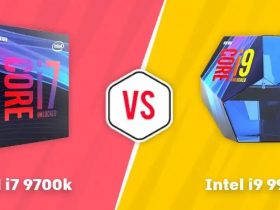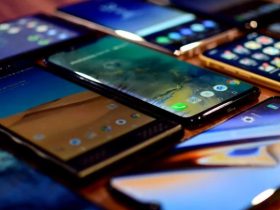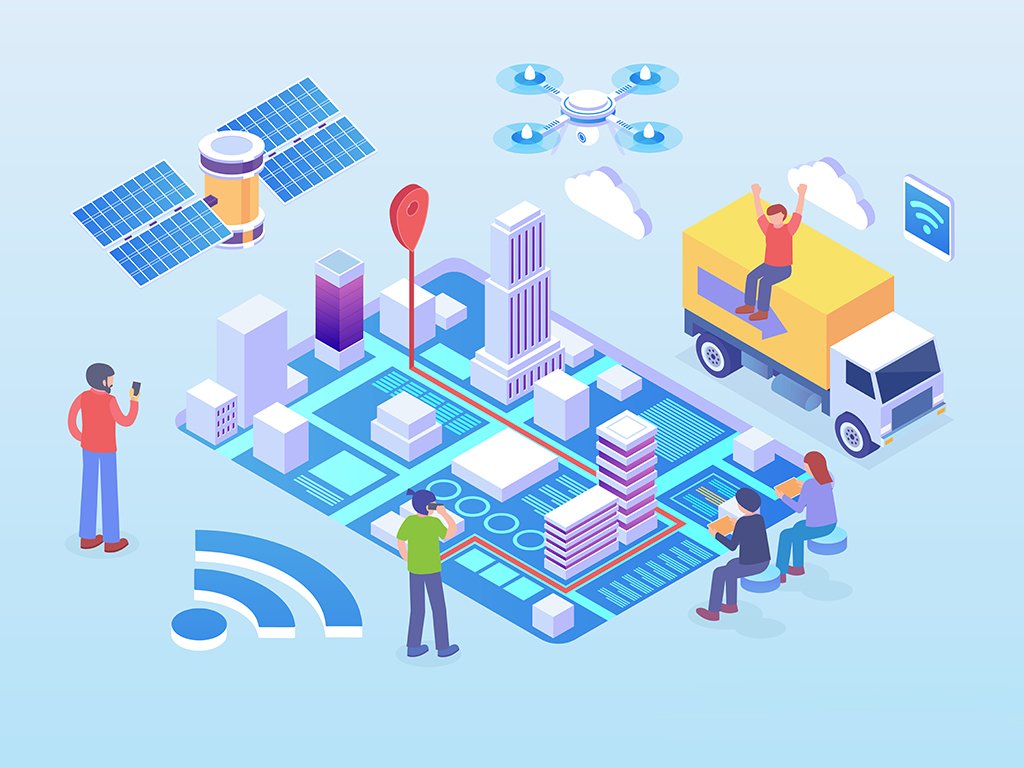10 Industrial IoT Use Cases in Manufacturing, An IoT is the biggest trend in business and personal computing. An IoT device is technically anything that connects to the internet to transmit information without requiring human intervention. This can range from HVAC units to smart lighting, to shipping containers on cargo ships. Businesses can take advantage of these devices to improve efficiency, cut costs and increase customer satisfaction.

Some of the more popular industrial uses for IoT include the following:
1. Smart Lighting.
Most people think of the Amazon outlets when they think of smart lighting, but that is the most basic version of this tool. Businesses and warehouses can use smart lighting to track energy usage, set timers on the lights to reduce use, and even to know when the equipment needs maintenance. This also does not just refer the creepy lights in self-storage units that can detect motion as you walk and turn off behind you, it also refers to the systems that connect to an iPad using an app so it can be controlled remotely and adjusted as needed.
2. Asset Tracking.
Many companies use some form of asset tracking already for technology like laptops but it hasn’t been financially feasible to track smaller items like tools. Industrial IoT has changed that. There are now sensors that can be put on tools large and small that can track their GPS coordinates as well as which employee has checked it out and when. The day where did I put my hammer?” may be long gone.
3. Predictive Maintenance.
When equipment fails, it costs companies more than just fixing that equipment. The downtime is the loss of production. IoT has made it possible to have sensors in vital devices that can predict failure so that it can be proactively fixed. The sensors can also inform a company about which part of the machine is failing, decreasing diagnostic time. Computer equipment has had this capability for a while, but the equipment in manufacturing, farming, and other large machines didn’t have it until now.
4. Accuracy in design.
From building materials to architecture to landscaping, human error has always played a part in the timeline of the finished product. With IoT enabled devices, designers can now create their design on their computer using a program that makes everything accurate, then send the job to a tool that has been pre-loaded with the raw material and applies the design. Think about a molding for a doorway of a home, the designer can put everything required into the application including the measurements, angles, etc., then the machine will cut the wood or metal to those exact specifications. No more worrying about sneezing during the cut and messing it up, machines to the rescue!
5. Supply Chain Improvements.
Shipping containers are especially subject to the unknown and tend to be over-prepared in case of emergency. They typically would have more fuel than necessary onboard the boat, causing it to be heavier and need more fuel to go. They also can carry refrigerated units that can require more fuel. Now there are sensors that can track and calculate the temperature of the refrigerated units. The fuels required for the trip and were in the ocean the ship is for better tracking and planning.
6. Wearables for Safety.
Everyone knows about Fitbits and Apple watches for fitness tracking, but industrial companies have started to use wearables for employees on high-risk job sites to improve their safety. They have added sensors to hard hats and deployed Fitbit type watches to track body temperature, heart rate, and activity so they can pull overly exerted employees before their health declines.
7. Smart Cars one, 10 Industrial IoT Use Cases in Manufacturing.
Tesla is more than just electric, it has smart features as well to make driving safer and more efficient. There are even self-driving tractors now to cut down o the workload of farmers. There are sensors in each that can tell when the vehicle is close to another object. It tracks fuel efficiency and tracks when parts are going bad so they can be replaced.
Another example of smart car applications, Due to the increasing usage of IoT in automotive Systems, Smart Car application has gained huge attention among the users. It’s Difficult to trace missing vehicles in city cities or any theft activities when the owner is not around the vehicle. Smart car application is used for image capturing and location tracking result to trace the missing vehicle or malicious activity in the vehicle. You can find complete research journal about this application here:
8. Smart HVAC units.
Similar to the lighting, connecting heating and air-conditioning units to an application allows businesses to track. Smart HVAC units analyze and configure the systems to use less and more efficiently to control the temperature. With less human interaction needed, it also cuts down on labor. The manager could be alerted if the systems got too hot or cold as well.
9. Smart Meters.
Many businesses have added this to their utilities to reduce costs. Those controlling the budget can set limits on use, can adjust for things like higher usage in other places.
10. Security and Cameras.
This is not entirely new for industrial IoT, but it is more high tech now. There are applications that allow people to monitor things remotely instead of just on site. It allows better communication between people as well with applications that can send alerts to team members. It increases safety and security.
Final Word:
We have mentioned 10 Industrial IoT Use Cases in Manufacturing in our article but there are many IoT Use cases that we will discuss later. An overlap between Artificial Intelligence and the Internet of Things is quite binding as AI stimulates intelligent behavior in machines whereas IoT interconnects the machines and makes use of the data generated through them. Internet of Things is one of those hot topics, which means many things to many people. IoT has sometimes stoked irrational fears and irrational enthusiasm. The Internet of Things has great potential to enable improvements in so many facets of life. To know well about IoT, you also should learn about AI.








































Leave a Reply